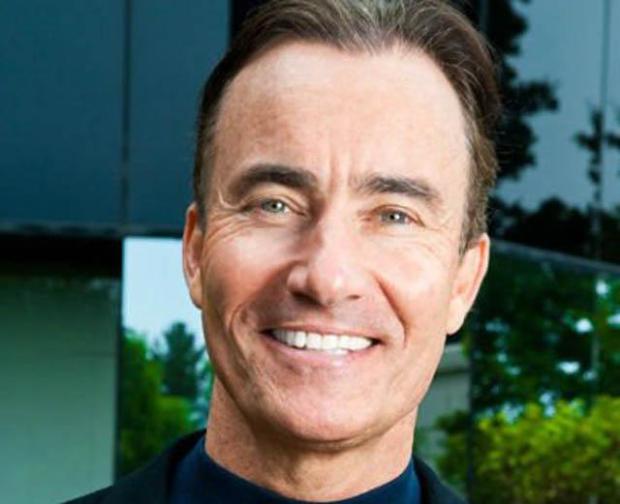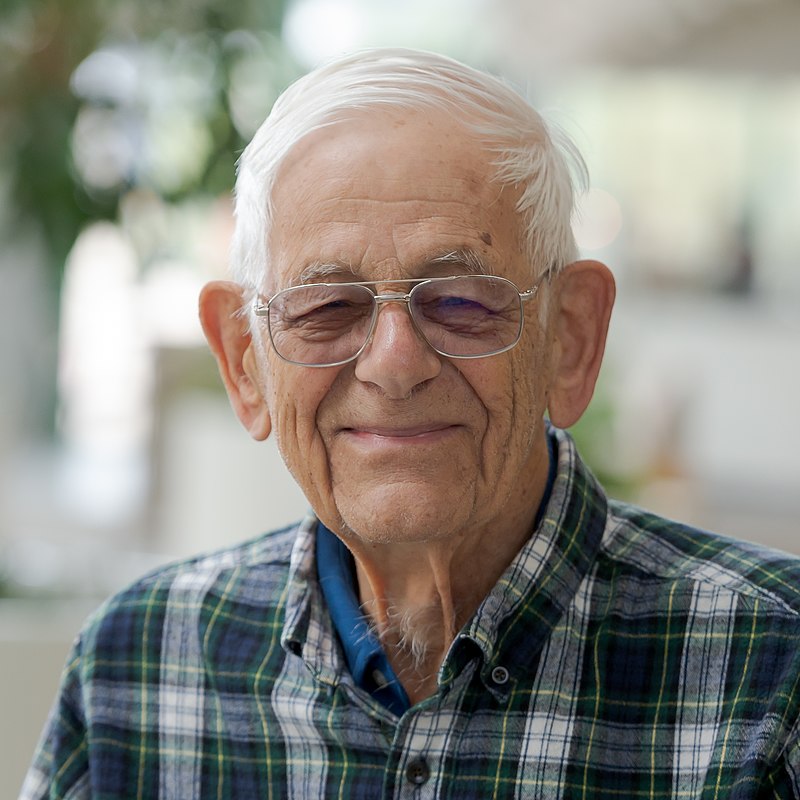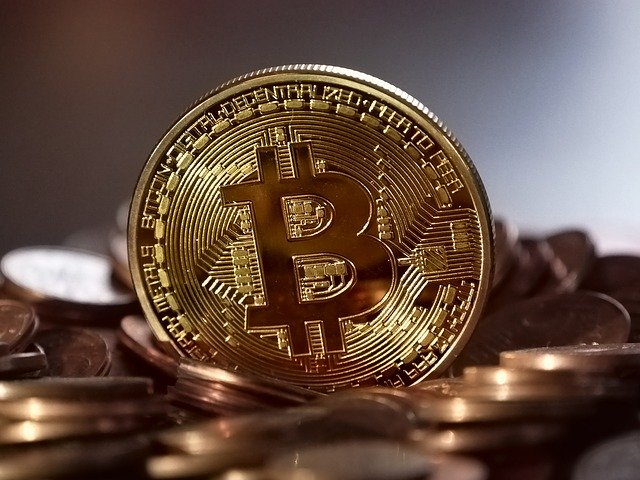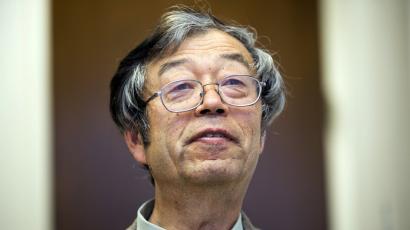Trip Hawkins Says Accepting Failure Is The Path Of The Entrepreneurial Journey
When you are starting something way out of your league, patience is a very important factor. A part of our young generation is going to be future entrepreneurs. And, they are expected to accept failure and be optimistic at every moment of life. The entrepreneurial journey is not a bed of roses especially for those going unorthodox. Our society is not a huge fan of gaming. Building a career revolving around gaming is a far-fetched dream. But, Trip Hawkins proved that one can excel in any field if the person is dedicated to it. Trip Hawkins is the owner of more than one gaming company. But, he became famous all over the world for founding Electronic Arts.
Early Life
Born and brought up in a small of California, Trip Hawkins had a very bright and creative childhood. Both of his parents were equally artistic. Though his father was a part of the growing electronics industry, he later delved into becoming an artist. His mother was a great musician and also wrote poems. Maybe the creative family background of Trip gave him the idea of designing everything of his own.

Into the gaming world
It was in the 1960s when Trip started playing simulation board games. He played many games but his favorite one was Strat-O-Matic. He became addicted to the game and more than that he was keen about how it is working. The designing part intrigued him and led him to build his own game of a similar type. It was in 1973 that he builds the gaming but failed to sell enough copies of it.
But, this was the eye-opening moment of his life. He was in school using computers like every other kid but in a more advanced way. He really enjoyed the entrepreneurial side of his life. Though he failed in the first try, he made up his mind.
The Perfect Business Mind
It was in the 1970s when Trip was working with computers, coding and game development in a full-fledged way. This was the time when microprocessors for the first time invaded the electronics market. So, this gave Trip the idea of doing thorough research on market demand.
Before launching his own company, Trip studied how many people are having internet access, the rate of public demand and how long it will be there.
Working at Apple Computer
Before founding Electronic Arts, Trip worked at Apple. But, his planning didn’t stop and it took him eleven years for implementing it. The trip also went to Harvard University and there he designed his own course for studying game theory. The trip also did an MBA because he was interested in the business market equally. But, he noticed nobody in Apple wasn’t really a gaming enthusiast.
A gaming Pro with a business degree thus left Apple after working for four years. But, Trip admits that working closely with Steve Jobs helped him a lot in building his own empire.
Founding Electronic Arts
In January 1982, Trip approached Don Valentine, a Silicon Valley Venture Capitalist. He offered Trip office space and he finally accepted it. When Trip established the company he named it Amazin’ Software which was later renamed Electronic Arts. When Trip founded the company he invested $200,000 from his own pocket.
Electronic Arts are headquartered in Redwood City, California. Today, it is known as the second-largest gaming company in the American and European markets in terms of revenue and market capitalization. In 2018, the company’s annual revenue summed up to $5.15 billion. There are almost 9,000 employees working for the company.
After Electronic Arts
In 1991, Trip formed 3DO, a video game console company. After a couple of years, it became the most powerful video game console. In 1996, 3DO became a video game developer but it went out of business in 2003.
But, Trip didn’t give up that easily. In late 2003, he came up with a new video game development company, Digital Chocolate. In 2012, Trip resigned from the company and joined the board of directors of Extreme Reality.
In 2005, Trip became the eighth person to get enrolled in the Academy of Interactive Arts and Science Hall of Fame.

Annasha Dey is an NIT student, who apart from studying engineering is also a content writer. She has a great interest in photography, writing, reading novels, and travelling as well. She is a foodie who loves socializing and hanging out with her friends. She is also a trained Kathak dancer and a big fashion enthusiast. Dey also loves watching TV series, which includes F.R.I.E.N.D.S. and Big Bang Theory. To be a better writer she prefers to read more










